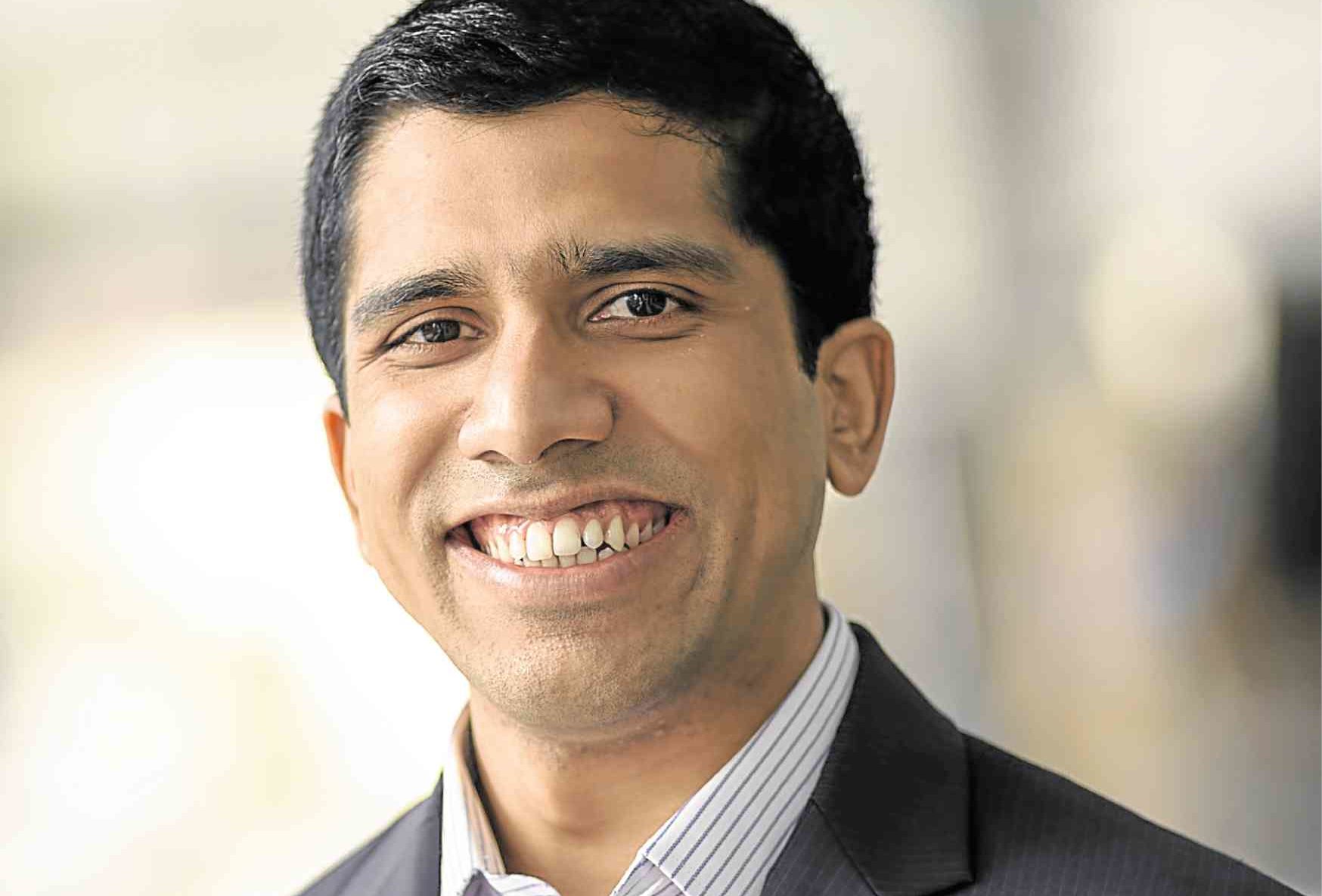Unlocking digital opportunities in PH
Digital is truly becoming a front-and-center priority for the Philippines.
The Fourth Industrial Revolution, or Industry 4.0, is changing the dynamics of the Philippine economy by accelerating productivity, lowering barriers between inventors and markets, improving quality of lives and rapidly building capabilities. The case for digitalization is clear.
According to a McKinsey & Company research effort that studied 2,393 of the largest nonfinancial companies over a 10-year period, there are trillion-dollar opportunities available to companies that manage to extract the full value from technology.
A recent Hinrich Foundation (HF) study further stated that the Philippines’ digital economy could expand 12-fold to P1.9 trillion by 2030 if government investments in information and communications technology (ICT) are boosted, and border frictions are eased to facilitate greater trade within the Asia-Pacific region.
In the Philippines, the impact of disruption is already apparent in multiple markets—from transportation, where taxis are competing against Grab and other providers of ride-hailing applications, to lending, where traditional brick-and-mortar banks have seen themselves partnering with digital financial-services providers such as PayMaya, Mynt and G-Cash.
But despite digital becoming an imperative for organizations, our research shows that only one in 12 companies truly succeeds at transformation.
Even in the Philippines, where a majority of enterprises acknowledge the need to transform, succeeding in a digital transformation remains an uphill task.
The most common issue is clarity. What does digital mean for different industries and companies specifically? Second is the issue of urgency. For organizations that are performing well and are profitable, is there a need to pursue change? Third is planning, given most organizations are befuddled on how to start, and more importantly, how to scale a digital transformation. And lastly, it remains a struggle to recognize the change that is necessary—including in the setup of the business and the talent that is employed.
For businesses that surge ahead and start planning a digital transformation without a proper long-term game plan, many find themselves quickly caught in a pilot trap—a situation in which they have significant pilot projects underway but are not yet seeing meaningful bottom-line benefits.
A global study by McKinsey found that out of the businesses surveyed, less than 30 percent of pilots had started to scale. Eighty-four percent of companies were stuck in pilot mode for over a year and 28 percent for over two years.
Organizations today need to focus on integrating new digital forays and approaches with existing legacy systems. In reality, what we are seeing is an introduction of costly, complicated initiatives, which fall short of their potential, or worse yet, stall completely.
The result is digitization efforts remaining small and isolated.
For leaders figuring out the mechanics of how to translate a digital transformation into regular programming, the fundamental questions are the same. Where should my resources go? Where should I focus my energies? What new capabilities do I need? These are questions we often hear, and they are the right ones to ask.
In the Philippines that is replete with rapid digital adopters, advantage for organizations—both public and private—to digitally transform is apparent.
However, just affirmation is not enough. A widespread change in mindset to integrate new technologies into our everyday lives (both in a business and in a personal setting) will be crucial when it comes to realizing the Philippines’ digital transformation ambitions.
Future-proofing organizations will not be easy. However, these four fundamental building blocks can provide the foundation necessary for organizations to succeed.
Diverse is better. Building a next-generation business means relooking and rethinking talent pools and going beyond the obvious. Besides experts, it helps to build teams who have different skillsets, and can provide different viewpoints. In any field, leaders need to think broadly about how teams are configured and be willing to experiment to adapt to changing customer needs.
Flexibility is key. Many business leaders make the mistake of setting up a side business with a digital focus, and then expect to scale it across the organization. However, it is unrealistic to move toward a transformation without accounting for the adjustments that would be necessary for tech teams that run existing systems. New IT systems need to be modular and flexible, so they can develop new modifications rapidly. More importantly, IT needs to work hand-in-glove with business leaders to understand how technology can enable new ways of doing business and create new sources of revenue.
Data is your best friend. Embarking on a digital transformation requires learning, testing, experimenting, and an approach that reflects this point of view. To make this possible requires an investment in business intelligence systems that can capture backend data, display it in user-friendly formats and allow the information to be available to guide decisions in real time.
Fail quickly, fail often. Today, organizations can no longer hold off till products are perfect to catch the market. Digital is about speed—leaders need to think like their customers, learn from their experiences and make changes as they go along. Leaders need to embrace this agile behavior and model behaviors that show experimentation, iterations and even the occasional belly flop, which are all part of the game.


